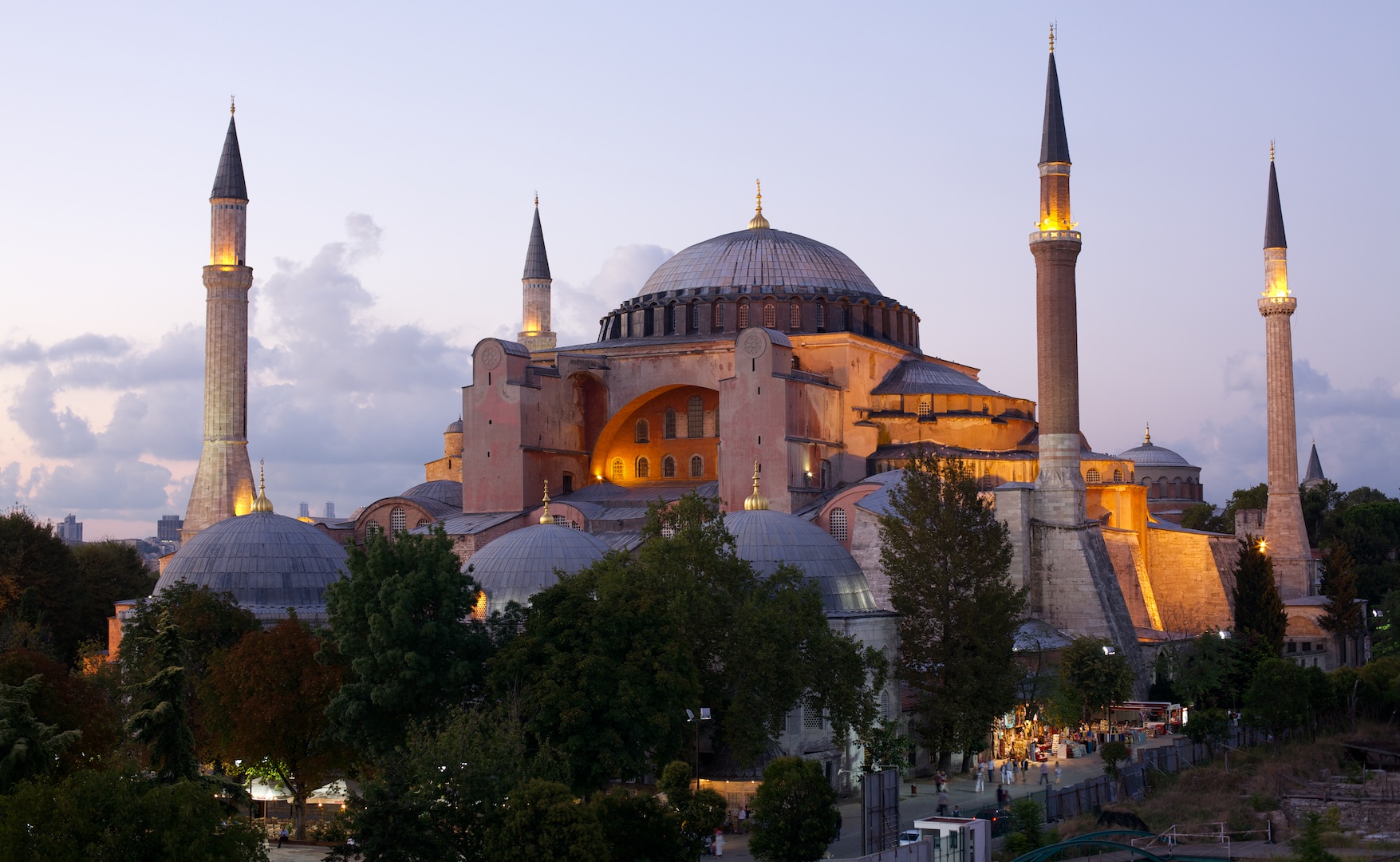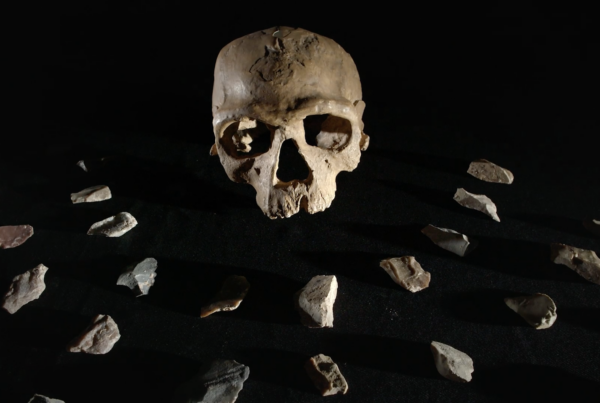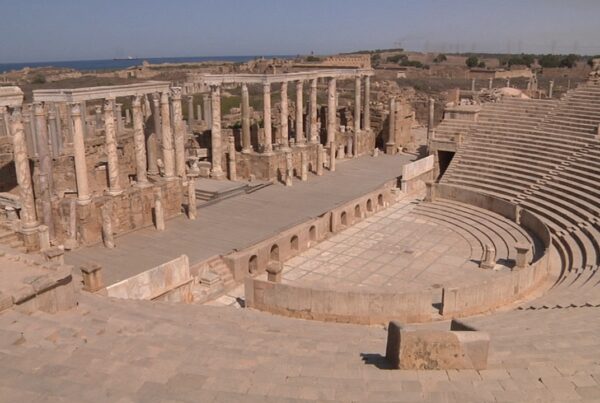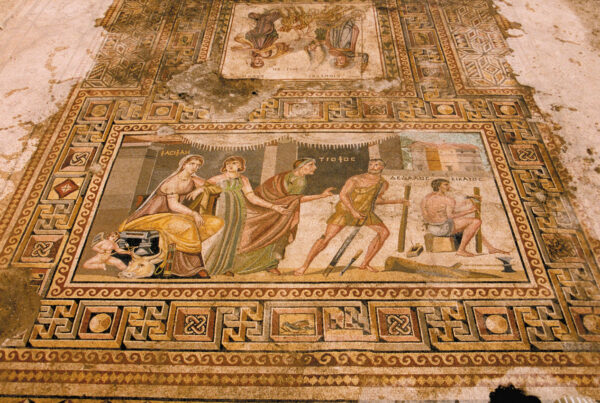Erected in its present form in 537 AD, Hagia Sophia was, during an entire millennium, the biggest Christian basilica in the world. Having been the religious centre of the Byzantine Empire, it was subsequently converted into a mosque and symbolised, for the next five centuries, the triumph of Islam. In 1923, the Turkish Republic replaced the Ottoman Empire, and Hagia Sophia, now secularised, became a museum. Research and restoration work led to the rediscovery, under the Ottoman decorations, of some of the treasures it originally housed: the superlative Byzantine works of art 9that came to light led to a reawakening of interest and a reappraisal of the Byzantine Empire, which gave it its rightful place in history. But the future fate of its gigantic dome and of the wοnders it contains are in jeopardy: a big, new earthquake is predicted to happen sometime in the next twenty years and restoration work is delayed due to political and religious tensions. An international team of architects, seismologists and engineers is trying to shed light on the secrets of the building’s exceptional resilience against earthquakes. By analysing the roots of its strength, they hope to reveal its hidden weaknesses, so that they might intervene in order to save it. By following their work in situ, this documentary introduces us to the history of civilisations, religions and art, in addition to offering a very up-to-date scientific perspective.
- Direction: OLIVIER JULIEN, GARY GLASSMAN
- Production: ZED - Co-producers: PROVIDENCE PICTURES, ARTE, NOVA.







